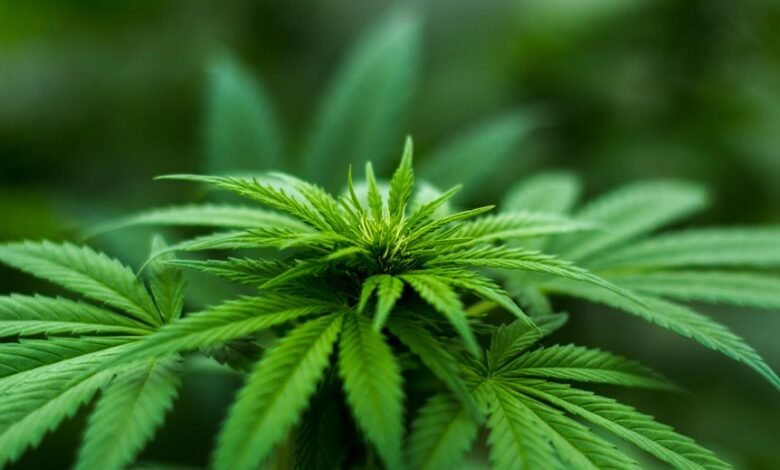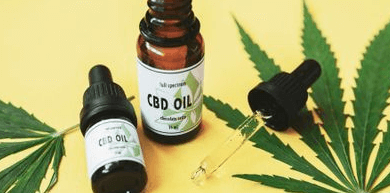How Long Does Cbd Thc Stay in Urine

The detection of CBD and THC in urine can vary widely based on multiple factors. THC, particularly in chronic users, may be detectable for up to 30 days, whereas CBD typically clears within a week. Individual metabolism, frequency of use, and the method of consumption significantly influence these timelines. Understanding these elements is crucial for those concerned about potential drug testing outcomes, prompting further examination of effective strategies to manage detection risks.
Understanding CBD and THC: Key Differences
Cannabinoids, the active compounds found in cannabis, can be broadly categorized into two primary types: CBD (cannabidiol) and THC (tetrahydrocannabinol).
CBD is non-psychoactive and often associated with therapeutic cannabinoid effects, while THC induces a high.
Legal implications differ significantly; CBD is widely legalized, whereas THC remains regulated in many jurisdictions, affecting users' rights and choices regarding consumption and access.
Factors Affecting Detection Times in Urine
Numerous factors can influence how long CBD and THC remain detectable in urine.
Individual metabolism rates significantly impact detection times, as faster metabolisms may process cannabinoids more quickly.
Additionally, consumption methods—such as smoking, vaping, or edibles—affect absorption and breakdown rates, resulting in varying durations of detectability.
Understanding these variables can provide insight into personal experiences with cannabinoid presence in urine tests.
Typical Detection Windows for CBD and THC
While individual factors can vary widely, typical detection windows for CBD and THC in urine generally depend on usage frequency and dosage.
Urine testing often reveals THC for up to 30 days in chronic users, while CBD typically clears within a week.
Detection methods may yield different results based on individual metabolism, emphasizing the importance of understanding these timelines for those concerned about drug testing.
Strategies to Minimize Detection Risk
How can individuals effectively reduce the risk of detection for CBD and THC in urine tests?
Employing discreet consumption techniques, such as microdosing or using isolates, can be beneficial.
Additionally, understanding the testing methods utilized can aid in timing consumption to align with lower detection windows.
Staying hydrated and maintaining a healthy lifestyle also supports the body's natural detoxification processes, further minimizing detection risks.
Conclusion
In the intricate landscape of cannabis metabolites, THC lingers like a shadow, potentially haunting chronic users for weeks, while CBD vanishes more swiftly, akin to morning mist evaporating in the sun. Various factors, from individual metabolism to consumption methods, sculpt these detection timelines, painting a unique picture for each user. By understanding these dynamics and employing strategic measures, one can navigate the complexities of drug testing, ensuring a clearer path through the fog of uncertainty.






